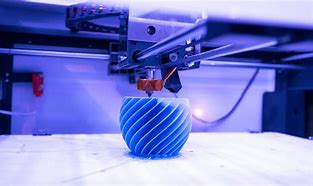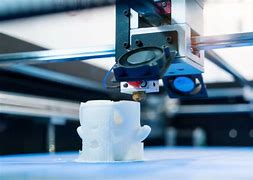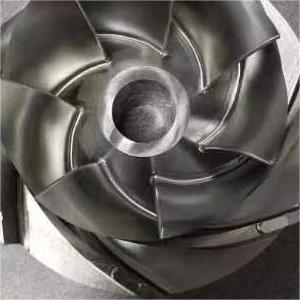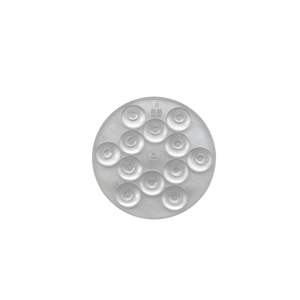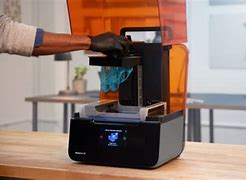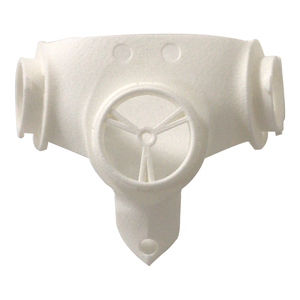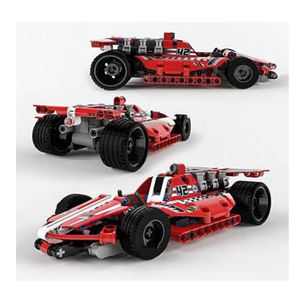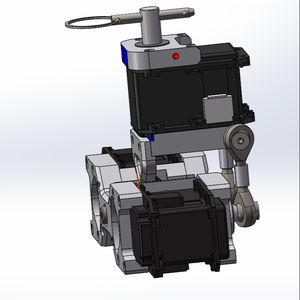Discover a professional 3D printing powder supplier
Metal Magic: Transform Your 3D Prints from Plastic to Precious
(how to make a 3d print look like metal)
Ever hold a 3D printed object and think, “Cool, but it feels so… plastic?” You’re not alone. Many creators crave that satisfying heft and dazzling shine only metal provides. Good news! You don’t need a foundry. With clever techniques, you can make your PLA, ABS, or resin prints look convincingly metallic. This guide unlocks the secrets to achieving stunning metal finish effects on your 3D creations.
1. What a Metal Finish Does for 3D Prints
A metal finish isn’t just about color. It’s about replicating the entire experience of metal. Real metal reflects light intensely. It has a distinct texture, sometimes smooth and polished, sometimes rough and cast. It feels cool and heavy. Achieving a true metal look means tackling all these aspects: appearance, texture, and perceived weight. The goal is to fool the eye and hand. It transforms your print from an obvious plastic model into something that looks forged, machined, or cast. This opens doors for cosplay props, realistic models, high-end prototypes, and unique art pieces. The visual impact is huge. A well-executed metal finish adds perceived value and professionalism. It makes your work stand out.
2. Why Fake the Shine? Real Metal Isn’t Always Practical
Printing directly in metal filament or using a metal 3D printer exists. These options are expensive. Metal filament requires specialized, often abrasive-resistant printer parts. The printing process is trickier. Metal prints are significantly heavier. This isn’t ideal for wearables or large pieces. Cost is a major factor. Real metal printing is far more costly than standard plastic printing. Many projects simply don’t need the structural strength of solid metal. They need the look. Achieving a metal finish on plastic is affordable. It uses accessible tools and materials. It allows for intricate details difficult with real metal casting. It keeps the final object lightweight. For decorative items, display models, or props, a convincing metal finish is the smarter choice. It offers the desired aesthetic without the drawbacks.
3. How to Create Metal Illusions: Step-by-Step Finishing
Achieving a believable metal finish involves several steps. Patience is key. Here’s a common path to metallic glory:
Start Clean: Remove all support marks and layer lines. Sand your print thoroughly. Begin with coarse grit (like 120) for major flaws. Progress to finer grits (400, 600, 800+). Smoother plastic means a smoother metal look. Fill any gaps with filler putty. Sand again.
Prime the Canvas: Apply a primer coat. This seals the plastic. It creates a uniform surface for paints and coatings to stick to. Use a spray primer designed for plastics. Sand lightly after priming if needed for extra smoothness. Let it dry completely.
Base Coat Matters: Choose your base color wisely. For silvers, chromes, or steel, use a bright silver metallic paint. For golds or bronzes, use a rich gold or copper base. Apply evenly. Let it dry.
The Realism Boost – Rub ‘n Buff: This is a favorite for quick, convincing effects. Rub ‘n Buff is a waxy paste. Apply a tiny amount with your finger or cloth. Buff it vigorously onto the high points and details. It sticks best to the base coat. It creates incredible depth and a realistic worn metal look. Experiment with different colors (Silver Leaf, Antique Gold, Pewter).
Paint & Patina: Use specialized metallic paints. Apply them in thin, even coats. Consider dry brushing. Use a stiff brush with minimal paint. Lightly brush over raised areas. This highlights edges and texture, mimicking wear. For aged metals, apply washes. Thin dark paint (like black or brown) with water or thinner. Apply it over the metallic base. Let it pool in recesses. Wipe off the high points. This creates shadows and grime. Sealants like clear matte, satin, or gloss varnish protect the finish. Gloss enhances a polished metal look. Matte or satin works better for cast or brushed metal.
Advanced Tricks: For chrome-like finishes, consider spray chrome kits. They involve a special base coat followed by chrome paint. Cold casting mixes metal powder (bronze, aluminum) into resin. Apply this slurry to the print. Polish after curing. Electroplating is possible but complex. It involves coating the plastic in conductive paint then electroplating real metal onto it.
4. Where Metal Finishes Shine: Awesome Applications
The metal finish technique is incredibly versatile. It elevates countless projects:
Cosplay & Props: Transform plastic swords, armor pieces, guns, and gadgets into realistic steel, iron, or futuristic alloys. Belts, buckles, and intricate details pop with a metallic touch.
Scale Models & Miniatures: Give model cars, tanks, planes, and sci-fi ships authentic metal hulls, engines, and weathered components. Miniature figures benefit from metallic armor and weapons.
Functional Prototypes: Present product concepts with a premium, high-end feel. Knobs, housings, and mechanical parts look like machined metal.
Art & Sculpture: Create sculptures mimicking bronze, brass, or weathered steel. Add metallic accents to mixed-media pieces. Make jewelry pieces look like precious metals.
Home Decor & Gadgets: Upgrade lamp bases, vase accents, picture frames, or custom stands. Make simple organizers or tech accessories look like brushed aluminum or polished chrome.
Board Game Pieces: Make tokens, miniatures, and game components look like ancient coins, metal relics, or futuristic tech.
5. Metal Finish FAQs: Your Questions Answered
Will it feel like metal? Mostly, no. The underlying material is plastic. It won’t feel cold like metal. The weight stays light. The finish mainly affects look and sometimes texture.
How durable is the finish? It depends on the method and sealant. Rub ‘n Buff is somewhat delicate. A good clear coat significantly protects paint finishes. Cold casting is very durable. Avoid heavy abrasion.
What’s the cheapest method? Sanding + Primer + Metallic Paint + Rub ‘n Buff + Clear Coat is very affordable. Uses common hobby supplies.
Can I do this on any filament? PLA, ABS, PETG, and resin prints work best. Flexible filaments (TPU) are harder to sand and finish smoothly.
Why does my metallic paint look dull? Often, the base coat is wrong. Use a bright silver under other colors. Shake spray paints extremely well. Apply thin, even coats. A gloss clear coat can boost shine. Surface prep (sanding) is crucial.
Rub ‘n Buff vs. Metallic Paint? Use both! Paint gives overall color coverage. Rub ‘n Buff adds incredible realistic highlights and depth. They work best together.
How long does it take? Surface prep (sanding, priming) takes the most time. Allow proper drying between steps. Rushing leads to poor results. Budget several hours over a few days for best outcomes.
(how to make a 3d print look like metal)
Is it messy? Sanding creates dust. Wear a mask. Spray painting needs ventilation. Wear gloves when using Rub ‘n Buff or solvents. Work in a well-ventilated area.

